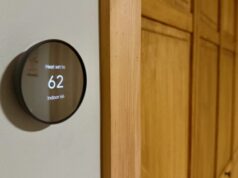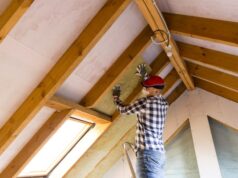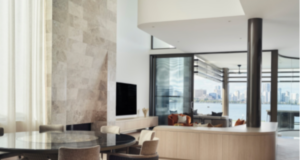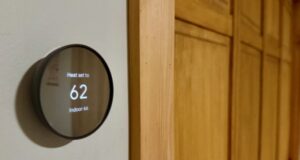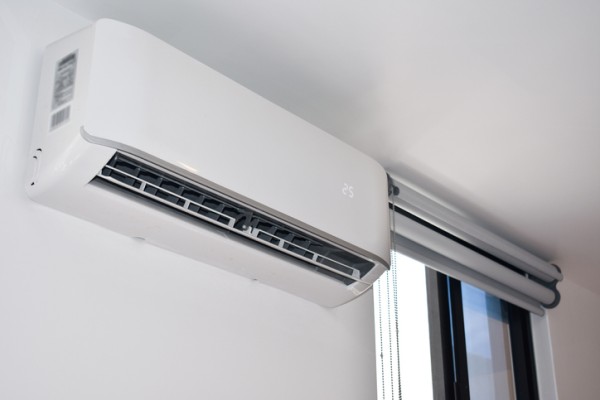
Reverse‑cycle air conditioners—also known as heat‑pump systems—have become a go-to choice for Australian renovators. They heat in winter and cool in summer, offering comfort, efficiency, and versatility in one neat package. But choosing the right system and getting it installed correctly involves more than just picking a brand off the shelf.
Why opt for reverse-cycle?
- Dual function: One system delivers both heating and cooling, ideal for Australia’s mixed climate.
- Energy-efficient: Modern units are up to 300–600% more efficient than traditional systems, making them cost-effective to run.
- Quiet and unobtrusive: Split systems hide ductwork, while ducted systems remain discreet in ceiling cavities.
- Better air quality: Many models include built-in filtration for allergens and dust.
- Government rebates: Programs like Victoria’s VEU offer substantial rebates, making efficient systems more affordable.
Types of reverse-cycle systems
- Single-split systems
Ideal for individual rooms—budget-friendly and perfect for targeted comfort. - Multi-split systems
One outdoor unit serves multiple indoor units; enables zoned control and efficient comfort. - Ducted systems
A concealed central unit distributes air throughout your whole home. Excellent for uninterrupted aesthetics and whole-house control.
Sizing and cost considerations
- Sizing matters: Rough guidelines suggest 1.1–1.5kW per 10m² of space, but a formal heat‑load assessment is essential for accuracy.
- Typical costs (2025):
- Split systems: $600–$3,500 per unit, plus $600–$1,000 installation.
- Ducted systems: $7,000–$20,000+, depending on size and features.
Installation standards and regulations
Air conditioning installations must meet several Australian standards:
- AS/NZS 3000 (Wiring Rules) Requires a lockable isolator adjacent to the outdoor unit and proper RCD protection.
- AS/NZS 1668.2 Applies to enclosed or heavily-used kitchens, ensuring correct air circulation.
- MEPS labelling All units must meet minimum energy performance standards and carry star‑rating labels.
- Refrigerant handling Only licensed, ARC-registered technicians may install and service these systems.
Installation best practices
A dependable installer should:
- Perform a comprehensive site survey, including ceiling space and insulation checks.
- Properly size ductwork and select optimal unit capacity for your home’s layout.
- Install a lockable isolator switch next to the external unit, as per wiring rules.
- Position units to minimise noise and ensure proper airflow and drainage.
- Offer zoning controls and smart thermostats to maximise efficiency and comfort.
Rebates and savings
- Victorian Energy Upgrades (VEU):
Rebates for both split and ducted systems can range from $210 to over $2,800, depending on system type and existing heating method. - Cost savings:
Switching from gas heating to electric reverse-cycle systems can reduce energy bills by $1,000–$2,200 annually in Victoria.
Quick-reference compliance table
| Requirement | Relevant Standard/Rule | Installed by |
| Electrical wiring & isolator | AS/NZS 3000 (lockable switch, RCD) | Licensed electrician |
| Refrigerant handling | ARC-licensed requirements | ARC-registered HVAC technician |
| Ventilation in enclosed spaces | AS/NZS 1668.2 | HVAC installer |
| Energy-efficiency labelling | MEPS (stars, PeakSmart) | Manufacturer & supplier |
| Compliance certificates | Local council / energy program requirements | Occupational installer |
Final thoughts
A reverse‑cycle AC system is more than just a convenience—it’s a smart, long-lasting investment in your home’s comfort and value. Getting the right type, size, and installation certified correctly ensures year-round performance, safety, compliance and potentially lower energy bills.

